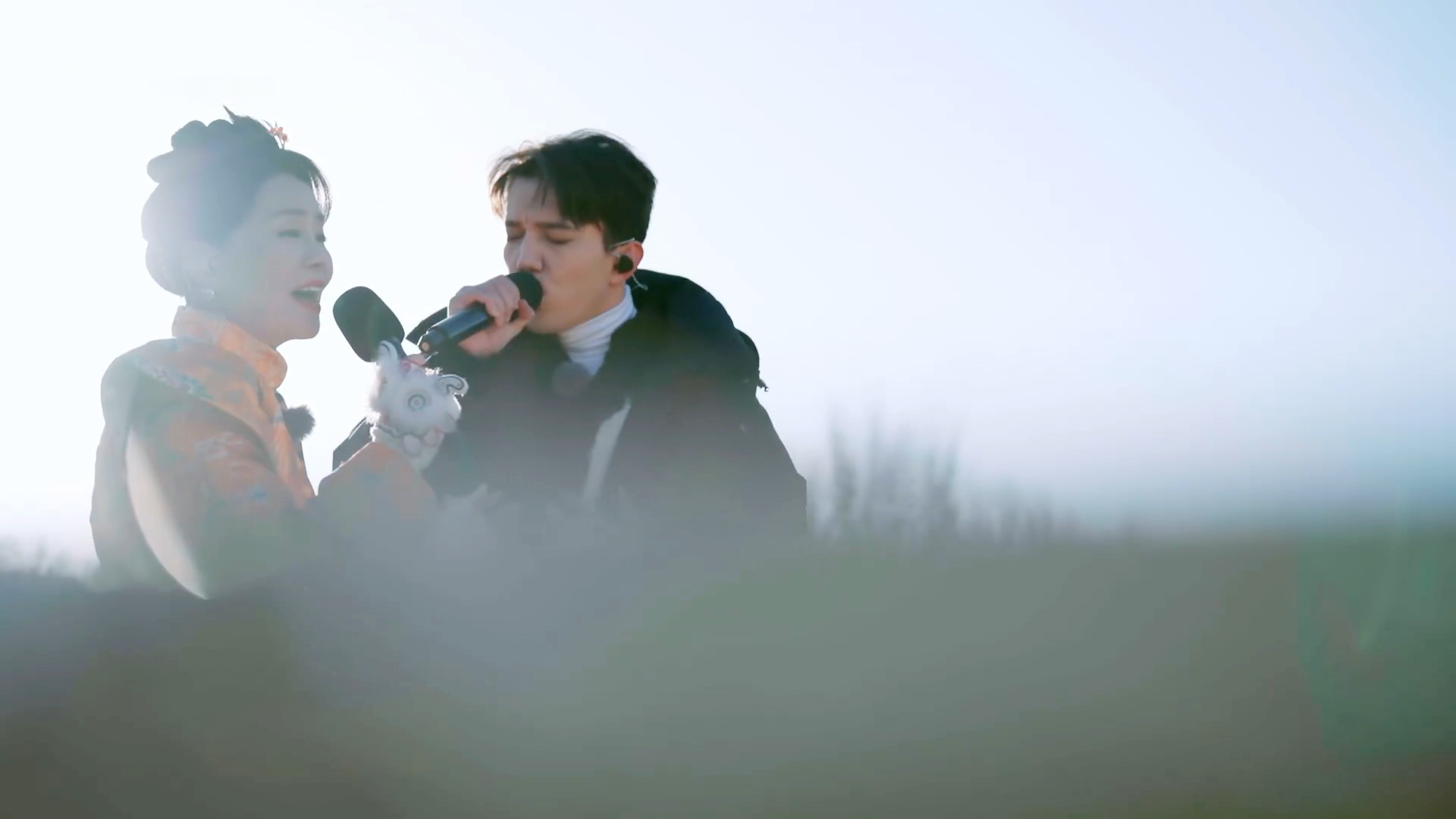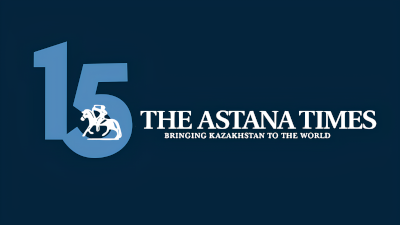ASTANA – Kazakh pop star Dimash Qudaibergen and Chinese singer Gong Linna presented a vocal combination of Kazakh and Chinese songs – “Phoenix” and “Karatorgai” – in the Singing for the Central Axis of Beijing project, aired on BRTV on Feb. 15, reported DimashNews.com.

Dimash Qudaibergen with Gong Linna. Photo credit: dimashnews.com
Recorded in late 2024, the program featured performances at Beijing’s Temple of Earth and Zhengyici Peking Opera Theatre. Accompanied by the Kazakh traditional instrument qobyz (Kazakh string instrument) and the Chinese sheng (mouth organ), woven into the rhythmic foundation of the tangu drums, the artists revived legendary tales from their cultures.
Gong Linna’s “Phoenix,” based on ancient Chinese texts, tells the story of the Phoenix Emperor. According to legend, the emperor traveled 500 miles from a mountain in present-day Myanmar to Cave Dan Mountain, home to a bird with multicolored feathers and mysterious inscriptions. The ancient people called this bird Feng Huang and revered it as the King of Birds.
Feng Huang usually remained in remote mountains, singing and dancing to his rhythm. When it descended to Earth, it was believed to bring peace, favorable weather, and an end to droughts. The Dance of the Phoenix Emperor performed with a feathered crown, was a ritual honoring the stars. As a symbol of peace, prosperity, and divine beauty, the Phoenix, alongside the Dragon, remains one of the spiritual totems in Chinese culture.
The legendary bird is described as having the head of a rooster, the throat of a swallow, the neck of a snake, the back of a turtle, the tail of a fish, and patterns on its body resembling a dragon. The word for “Phoenix” in Chinese consists of two hieroglyphs representing masculine and feminine energies, often used in blessings for a harmonious and happy marriage.
In Kazakh, Karatorgai translates to “black sparrow” and zoologically refers to the common starling. However, the song Karatorgai, written by the Kazakh poet and composer Akan Seri, tells the story of a golden eagle he raised from a chick and affectionately named Karatorgai.
Akan Seri, known for his deep understanding of animals, could distinguish the finest horses, hounds, and birds. Upon seeing a golden eagle chick in the home of warrior Alibek Batyr, he requested to raise it.
Karatorgai was a skilled hunter for many years, but as it aged, its strength waned. The once-thick feathers on its tail, which helped it land gracefully, began to thin. Struggling to descend, the eagle continued to soar, circling in the sky, but exhaustion overtook it. Over time, Karatorgai grew old, shriveled, and became as small as a sparrow.


